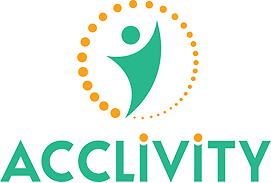The world we live in today is rapidly evolving, and higher education is not any different. As the higher education sector grows, diversity seems to be the center of the conversation. However, it is essential to note that the matter goes beyond racial inclusion.
While making room for marginalized communities in the academic spaces is a step in the right direction, a lot more has to be considered. Here are some of the factors that also contribute to diversity in higher education:
Social status
- Age
- Personality type
- Gender
- Religion
It becomes easier to create a responsive and supportive environment for all stakeholders by factoring in a broader range of perspectives.
Why Diversifying Matters
While you might mostly associate diversification with how an individual identifies, a lot goes to how the institutions of higher learning accept the marginalized and promote their voices. For higher education institutions to reap the benefits of heterogeneity, they must consciously decide to make it a part of their culture. While it’s rather challenging to quantify the benefits of variance in higher education, you will agree the impact is felt. Here are some of the benefits:
1. Innovative Thinking
Undoubtedly, diversification of higher education leadership translates into a variety in thought, which is much needed given differences among students in these institutions. When there are people from different backgrounds, the institutions will formulate a broad spectrum of policies to cater to everyone’s needs. A more accommodating environment results when you bring in your train of thought and someone else does the same.
2. Diverse Skills
You have some skills that you learned along the way. But you might also agree that some of the skills you possess are inherently dependent on your background. For instance, if you are of the younger generation, you might have an easier time acclimating to technology. Similarly, people of another generation have something else to offer. When we bring different people on board, we can harness their various strongholds for a better higher education experience.
3. Better Relationships Among Students
As human beings, we tend to feel more comfortable in places we feel represented in positions of power. For instance, women in institutions of higher learning are likely to feel more meaningful when they see women in influential positions. The same goes for other marginalized groups. Consequently, when the students feel welcome, it becomes easier for them to foster friendships, or even better, academic networking.
Preparing for Career Advancement in Higher Education
Now that we have established how crucial diversity is in higher education leadership, we recommend you making conscious efforts to take a leadership role.
Notably, there are so many careers in higher education, from administrative to policy making, and much more. If you are looking for career advancement in higher education, career coaching would be an excellent place to start. While simply hiring a career coach won’t instantly lead to academic networking, it’s a step in the right direction.
A career coach helps you refine your goals into a personal action plan. A career coach will also help you choose the best one for you out of the available careers in higher education. If you search for a coach to get you through your promotion process, search no more because we are here for you. Contact us today.

